Types of Diamond Blades and their Applications
Different types diamond blades can handle different tasks. As such, it becomes important to understand their differences and when to use what type of blade. To help you ensure the right tool for the task at hand, this post explains of the different types of diamond cutting blades and what they’re best used for.
How are Diamond Blades Made?
Before we get to the list of different types of diamond blades and their uses, it’s only fair to know how they are made. In simple terms, diamond blades are created by attaching a piece of steel metal (the core) to a diamond cutting edge (the rim).
The rim is what comes into contact with materials to do the actual cutting. It consists of diamond particles that are bonded with metal powders to form a circular cutting edge. The bonding matrix may also be a resin, or a type that uses a nickel bond and electroplated diamonds.
The diamonds used in diamond blades are usually synthetic and made to the required particle sizes before bonding. The diamond blade cutting edge may be laser-welded to the steel core, attached using a sintering method, or soldered to the core in what’s called the vacuum brazing process.
Laser welding produces the strongest bond of all methods, making the diamond blade last longer. On the other hand, brazing and sintering are the most affordable methods of attaching diamond segments to the core.
Types of Diamond Blades
As discussed earlier, the different types diamond blades are classified based on their segment style and the method of diamond edge attachment. These variations dictate how the blade will perform in different applications.
Types of Diamond Blades by Core Attachment
This means the method that has been used to attach the diamond cutting edge to the steel core. In that regard, the types of diamond blades include vacuum brazed, laser welded, and sintered.
1. Laser Welded Diamond Blade
Laser welded diamond blades are named so for using laser to attach the diamond segments or rim to the core. During this process, a high-power laser beam is used to melt and weld together the diamond part of the blade and the steel core.
These types of diamond blades provide superior performance over other types, due to the high strength bond between diamond segments and steel core. As such, you can use them for heavier cutting applications such as asphalt, concrete, and masonry.
2. Vacuum Brazed Diamond Blade
Vacuum brazed diamond blades are made using a vacuum brazing process. In this method, a filler metal is melted and used to join the diamond segments or cutting edge to the steel core. This happens in a controlled environment at high temperatures.
A vacuum brazed diamond blade presents a less costly blade manufacturing method. The bond it creates between the steel core and diamond edge is relatively strong, and the blade can be used for a variety of applications. However, these are mostly less intensive ones.
3. Sintered Diamond Blade
Sintered diamond blades are among the most common types of diamond blade. These are made by bonding metal and diamond particles in a furnace using heat and pressure.
Just like the vacuum brazed types, the bond created between the steel core and cutting edge in a sintered diamond blade is relatively strong. So these blades are mainly suited for low HP saws and softer materials.
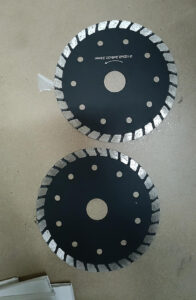


Types of Diamond Blades by Segment Style
Different types of diamond blades also use different styles for the cutting edge. These are continuous (without gaps), turbo (serrated), and segmented (discontinuous).
4. Continuous Rim Diamond Blade
Continuous rim diamond blades have a continuous edge with no gaps or gullets. These blade types cut smoothly and will not chip your materials. They’re therefore, best used for hard materials that may chip easily or materials that require a smooth cut. These include ceramic tile, porcelain tile, and other hard materials.
Because it lacks gaps and gullets, the continuous diamond blade is mostly a wet cutting blade and typically comes in 4 to 5-inch sizes for handheld tools and up to 14 inches for large saws.
The one drawback of the continuous diamond blade is its slower cutting speed. With no segments to aggressively bite into the material, it doesn’t cut as fast as the serrated and segmented types.
5. Turbo Rim Diamond Blade
Turbo rim diamond blades have a serrated edge with many small grooves cut into the perimeter. These provide more friction and help cool down the blade when cutting, resulting in faster cuts. The serrations also allow debris to escape more quickly.
The turbo diamond blade can be said to combine the features of both the continuous and segmented types. As such, it suits many different applications. You can use it to cut these materials: masonry, tile, marble, natural stone and even granite.
6. Segmented Diamond Blade
These are the most used types of diamond blades. In terms of construction, the segmented blade uses individual segments with a gap between each one. These gaps, called gullets, increase the cutting speed.
Most importantly, they help to rapidly cool the blade while also allowing material flow. This allows the blade to be used for dry cutting.
Owing to its aggressive and fast cutting action, the segmented diamond blade is suitable for most cutting needs, especially heavy duty applications that not only require rapid cutting but also a blade that can withstand heat.
You can use it with angle grinders, circular saws, tile saws and brick or masonry saws. The segmented diamond blade also comes in various sizes, and can cut asphalt, concrete, pavers and bricks. Note that these blades can be used for both wet and dry cutting.
Conclusion
Different types of diamond blades are best suited for different cutting applications. From cutting hard materials to preventing chipping of fragile objects, the types of diamond blades discussed above will make your job much easier. So it helps to understand the difference between the diamond blade types before you make your purchase.

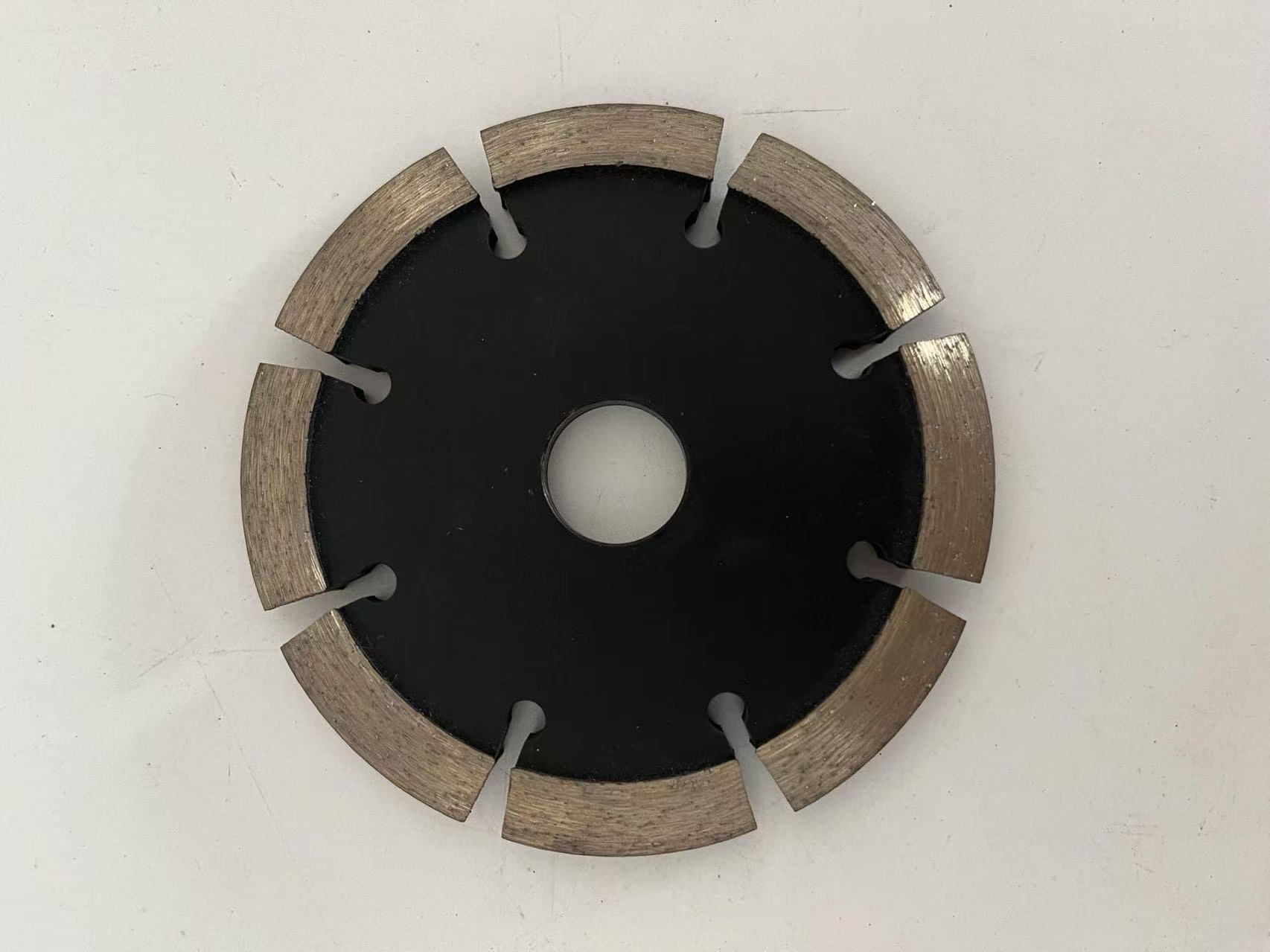
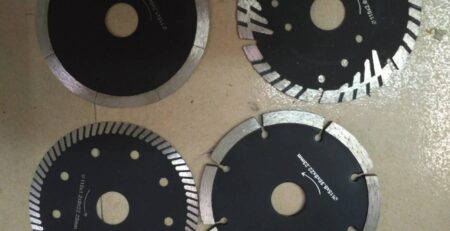
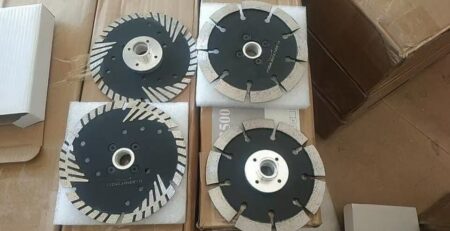
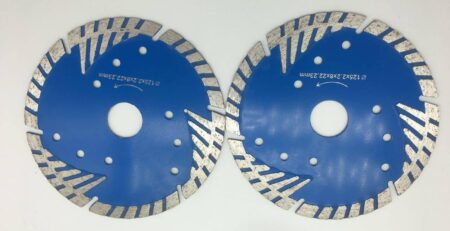
Leave a Reply